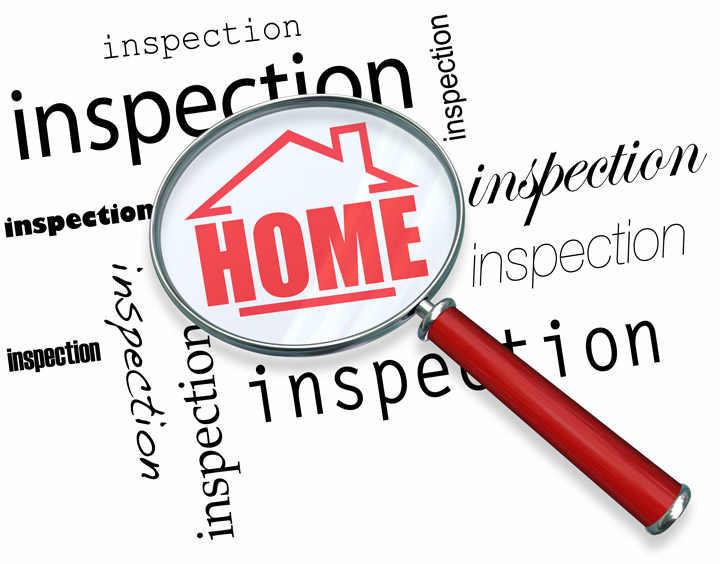
What Are the Components of an Appraisal?Getting real estate is the most serious financial decision some people may ever make. Whether it's a primary residence, an additional vacation home or one of many rentals, purchasing real property is a complex transaction that requires multiple parties to pull it all off. You're likely to be familiar with the parties taking part in the transaction. The real estate agent is the most known person in the transaction. Then, the mortgage company provides the money needed to finance the transaction. And the title company makes sure that all areas of the transaction are completed and that the title is clear to transfer from the seller to the purchaser. So, what party makes sure the value of the real estate is in line with the amount being paid? In comes the appraiser. We provide an unbiased estimate of what a buyer could expect to pay — or a seller receive — for a property, where both buyer and seller are informed parties. A licensed, certified, professional appraiser from Embrace Appraisals, LLC will ensure, you as an interested party, are informed. Appraisals begin with the property inspectionOur first responsibility at Embrace Appraisals, LLC is to inspect the property to ascertain its true status. We must physically view features, such as the number of bedrooms and bathrooms, the location, and so on, to ensure they really are there and are in the shape a typical person would expect them to be. The inspection often includes a sketch of the property, ensuring the square footage is proper and conveying the layout of the property. Most importantly, the appraiser identifies any obvious amenities - or defects - that would have an impact on the value of the house. Once the site has been inspected, we use two or three approaches to determining the value of real property: a paired sales analysis, a replacement cost calculation, and an income approach when rental properties are prevalent. 
Cost ApproachHere, we use information on local building costs, labor rates and other elements to figure out how much it would cost to replace the property being appraised. This estimate often sets the maximum on what a property would sell for. The cost approach is also the least used method. 
Paired Sales AnalysisAppraisers get to know the communities in which they appraise. They thoroughly understand the value of specific features to the people of that area. Then, the appraiser looks up recent transactions in the vicinity and finds properties which are 'comparable' to the subject at hand. By assigning a dollar value to certain items such as remodeled rooms, types of flooring, energy efficient items, patios and porches, or extra storage space, we adjust the comparable properties so that they more accurately match the features of subject property.
After all differences have been accounted for, the appraiser reconciles the adjusted sales prices of all the comps and then derives an opinion of what the subject could sell for. When it comes to associating a value with features of homes in Oviedo and Seminole, Embrace Appraisals, LLC is your local authority. The sales comparison approach to value is commonly awarded the most weight when an appraisal is for a real estate sale. Valuation Using the Income ApproachA third way of valuing a property is sometimes used when an area has a reasonable number of renter occupied properties. In this case, the amount of revenue the real estate produces is factored in with other rents in the area for comparable properties to give an indicator of the current value. Coming Up With The Final ValueCombining information from all approaches, the appraiser is then ready to stipulate an estimated market value for the property in question. The estimate of value at the bottom of the appraisal report is not necessarily what's being paid for the property even though it is likely the best indication of what a property is worth. Depending on the specific situations of the buyer or seller, their level of urgency or a buyer's desire for that exact property, the closing price of a home can always be driven up or down.But the appraised value is often used as a guideline for lenders who don't want to loan a buyer more money than the property is actually worth. The bottom line is, an appraiser from Embrace Appraisals, LLC will guarantee you discover the most fair and balanced property value, so you can make the most informed real estate decisions. |